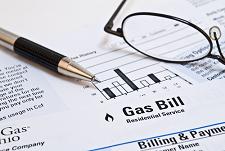 Learn How You Get Billed for Your Energy Use
Learn How You Get Billed for Your Energy Use
Becoming well informed about your gas bill can actually help you increase your monthly home energy savings.
Gas company costs to the customer
Many homeowners may not realize that the gas provider purchases fuel from an outside source. This cost is typically 50 percent of the average customer bill. Interestingly enough, most companies pass this cost directly on to the consumer, without a price increase. Gas companies make a profit from their delivery fees and service charges.
The cost of gas can fluctuate monthly and seasonally, depending on the current fuel rate. This can be similar to the change in gas prices at your local gas pump. Your gas bill may show an average of these price fluctuations throughout the year, keeping the monthly cost basically the same.
Gas usage terminology
It’s worth your while and you can improve your home energy savings if you understand how gas consumption is expressed on your bill. The quantity of energy used in the Long Island area is measured in therms. Without sounding too technical, this term is a short abbreviation for thermal unit. It reflects the consumption of BTUs, or British thermal units, where one therm is equivalent to 100,000 BTUs. Other costs appear on your bill reflecting various fees and charges. These costs are set by the company and the customer has no control over them.
Lowering gas costs for better home energy savings
One area you do have control over is the amount of gas your home consumes. The first step toward lowering costs is to have an energy audit performed. You can also pay attention to the BTU rating assigned to your appliances. The higher the BTU number, the higher the amount of energy it consumes per hour, which means higher gas consumption. Consider purchasing certified energy-efficient appliances. Energy and cost savings can be expected and are well worth the investment.
For more information about boosting home energy savings, contact the professionals at T.F. O’Brien Cooling & Heating. We’ve been proudly serving homeowners in Long Island since 1934.
Our goal is to help educate our customers about energy and home comfort issues (specific to HVAC systems). For more information about other HVAC topics, download our free Home Comfort Resource guide.
Image via Shutterstock.com

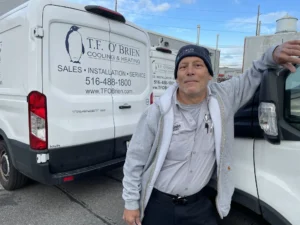 Make Sure All Vents are Clear for Proper Exhaust of Fumes
Make Sure All Vents are Clear for Proper Exhaust of Fumes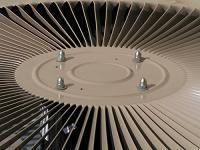 Keep Ice and Snow Away From Your Heat Pump
Keep Ice and Snow Away From Your Heat Pump Learn How New Furnaces Can Save You Money
Learn How New Furnaces Can Save You Money Indoor air pollution poses a serious health problem when left unaddressed. Health problems associated with indoor air pollution include irritation to eyes, nose and throat, as well as fatigue, dizziness and headaches. Incorporating air cleaners in your house can significantly reduce the chances of these problems.
Indoor air pollution poses a serious health problem when left unaddressed. Health problems associated with indoor air pollution include irritation to eyes, nose and throat, as well as fatigue, dizziness and headaches. Incorporating air cleaners in your house can significantly reduce the chances of these problems.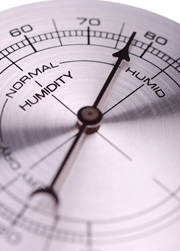 Keep Your Home Humidified and Remove Virus Breeding Grounds
Keep Your Home Humidified and Remove Virus Breeding Grounds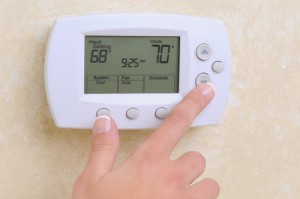
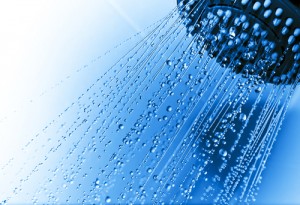 A Hot Water Heater That Can’t Deliver on a Promise of Hot Water Needs Attention
A Hot Water Heater That Can’t Deliver on a Promise of Hot Water Needs Attention Long Island Experiences Enough Outages to Make It a Good Idea to Have Back Up Power
Long Island Experiences Enough Outages to Make It a Good Idea to Have Back Up Power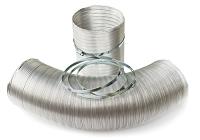 Delivering Air Evenly to the Whole House is Important
Delivering Air Evenly to the Whole House is Important